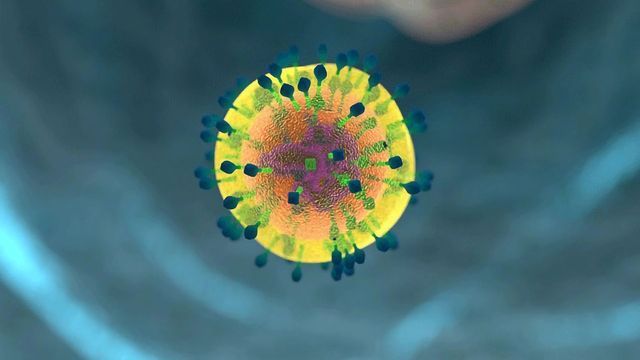Featured Videos
Latest Videos

Video
New 8-Letter DNA Rewrites the Genetic Code
Scientists have successfully created synthetic DNA with twice as many base pairs as normal, with potential implications in medicine, data storage, and even understanding how life could evolve elsewhere in the universe.

Video
A Voice for Diversity in Science
Only 17% of the English-language biographies on Wikipedia are about women – but the statistic won’t stay that low for long if Dr Jess Wade has her way. A passionate advocate for diversity in science, Jess balances her work as an award-winning physicist at Imperial College London with her role as a ‘Wikipedian’, creating and uploading the biographies of underrepresented groups in science.

Video
How Does Hair Dye Work?
Get ready to learn everything you’re dyeing to know about artificial hair color.

Video
Wireless Sensors for Neonates Remove the Cuddle-barrier Tangle
A pair of soft, flexible wireless body sensors have been developed to monitor vital health indicators of neonatal babies. With the tangle of wires removed, parents and babies have more opportunity for skin-to-skin contact.

Video
How Do Coffee Producers Test for Mycotoxins to Meet Food Safety Regs? | Behind the Science S3 Ep7
In Behind the Science - On Location, Jen meets with Elise Palmer, a research scientist at VICAM to learn how coffee beans are monitored at different stages of the production process, from harvesting, to storage, to when they're roasted.

Video
International Cancer Proteogenome Consortium
The fight against cancer is going global. The National Cancer Institute’s International Cancer Proteogenome Consortium brings together researchers from around the world to conduct proteogenomics research and develop a comprehensive international proteogenomic atlas that would represent the diversity of people and commonly diagnosed cancers in their unique populations. To break down silos, data produced by ICPC institutions is made available to the public.

Video
How Accurate Are Mail-in DNA Tests?
Mail-in DNA tests have been in the news recently. Test results can be over the map, with even identical twins getting some widely variable results. How can this happen?

Video
Laws of Genetics
The study of Genetics is incomplete without studying the Laws put forth by Mendel. The Three Laws of Genetics give us an idea of the types of genes, how exactly the genes separate from each other and even tell us how they assort irrespective of each other during gamete formation. Watch this video to get introduced and understand the Three Laws of Genetics in detail.

Video
Inside the Ant Lab: Mutants and Social Genes
Social insects such as ants and bees often have complex societies, but understanding the genetics behind their social interactions can be difficult due to their complex lifecycles. This lab in New York hopes to investigate the genetics of ant social behaviour by focussing on an unusual species: the Clonal Raider Ant.

Video
Universal Flu Vaccine Breakthrough: There's More to T Cells Than First Thought
Researchers from the Peter Doherty Institute for Infection and Immunity (Doherty Institute) and Monash University have identified immune cells, called killer T cells that can fight all influenza viruses – A, B and C – creating the potential for the development of a world-first universal, one-shot flu vaccine.
Advertisement






